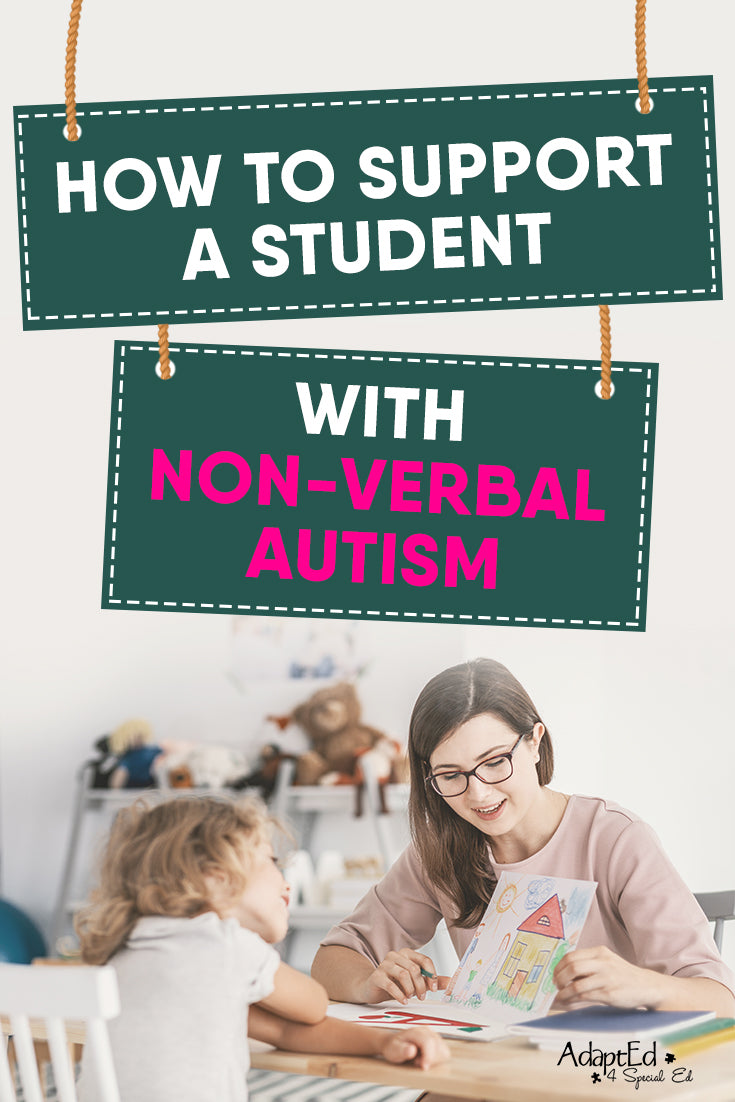Children with autism spectrum disorder (ASD) often experience difficulties with communication. Some have speech delays, but as many as 40% of children with autism are non-verbal.
For teachers, this can be hard to work around as classroom learning is more based on communication. Still, it’s not an impossible task.
First, you have to know the signs of non-verbal autism to know how you should adjust your teaching strategies. Then, follow our tips below to help you teach them more effectively.
Use Visual Cues
It’s quite common for students with autism to be visual learners. Even if they can read, they might still prefer visual learning. Even those without autism can learn better with visuals, as well.
If traditional teaching methods aren’t working, try to lean toward visuals to teach. Use pictures, videos, and even live demonstrations to augment your lessons.
Those on the spectrum tend to respond more positively to visual stimulations. They can better understand visual cues rather than lengthy explanations.
Create a Structure
Children with autism thrive on routine. Make sure to create a structure within the student’s day to help them move along.
Having a schedule helps create consistency. Break down the tasks and activities they need to complete within the day.
For better results, don’t forget our previous tip. Create a visual schedule so the student can better understand it. The visual elements can ease the transitions between tasks and help prevent meltdowns.
You can also provide more structure to their day by helping them with organizing. Some special needs students might need help in arranging their books, taking home their assignments, and putting materials away.
Create a routine for them that they can follow. For example, you can designate a time when all students should be packing their bags or copying down their assignments. You can help them or have your students help each other clean their workspaces, as well.
This can help them learn to be more organized. You should be actively teaching them some organization skills during this time, as well.

Be Predictable
The point of having a schedule is predictable. Being predictable helps ease their anxiety so they can better focus on learning.
Children with autism often deal with anxiety, resulting in distractions and meltdowns. They can get worried about what might come next. At best, they can become too curious instead.
Their day should be predictable to them, so you should be, too. Stick to the schedule and avoid doing anything out of their expectations.
Try the First-Then Strategy
Teaching special needs students can be challenging because they find it hard to focus on an activity they have no interest in. It isn’t possible to make them interested in all tasks, as well.
What you can try is the First-Then strategy. First, they do a non-preferred activity (the task you need them to do. Then, after completing the task, they can engage in a preferred activity.
Here, you can use visual cues, as well. Prepare a picture representing the task they need to complete first and a picture of their preferred activity.
This method teaches them to follow directions. It’s also a great way to allow them to learn new skills.
Give Them Choices
Some students are particular about following instructions. They don't like the feeling of being under control.
As a result, they may have problems with communication, your lessons, and such. Having a choice gives them a sense of freedom and independence.
Whenever possible, you can try giving your students choices about any part of their day. For instance, they can choose which one they’d rather do between two activities. You can give them as many choices as what you think is best.
Some other examples are making them choose what role they want to take, what pencil color they want to use, whether they want to work alone or with a partner, and so on.
Create a Comfortable Environment for Students with Non-Verbal Autism
Special needs students are often sensitive to their environment. When something isn’t right, they wouldn’t be able to focus on any activity.
That’s why your classroom should be as accommodating as possible to them. It should be a place where they can feel secure, allowing them to grow without worries.
If a student is sensitive to noise, for example, you can give them earplugs when doing activities that make noise. For those sensitive to light, you can adjust the lighting and such.
Make sure to use the right colors; use cool, calming hues as bright colors might excite them instead. Lessen the visual noise by taking down posters and other distractions. If you need any help, ask the family what it takes to make them feel safe and comfortable.
Learn More About the Student
Students with autism are not that different from regular students. They have unique likes and dislikes, weak and strong points, behavioral patterns, and so on. As such, no one teaching style is suitable for every special needs student.
With some students, you can sit them down in an informal interview to learn more about them. This way, you can have a better idea of what teaching style would best fit them. Note that some students might not want to share any information.
However, it isn’t easy to learn these things when a student has non-verbal autism. You can instead go to the family for help. They might also give you tips on what works and what doesn’t.
Remember to continue to observe the student so you can adjust your strategy when needed. As the student improves and learns new things, you should adjust to them, as well.
Celebrate Their Individuality
Students with non-verbal autism need special attention, but they deserve what any regular student deserves, as well–respect, understanding, and patience. They may not conform to your usual ways, and their achievements may not be what you would expect. Either way, you should celebrate with them every step of the way.
Make sure you have the right teaching materials for special needs students. Consider contacting us so we can help you! Check out our available adapted books for students with non-verbal autism.



